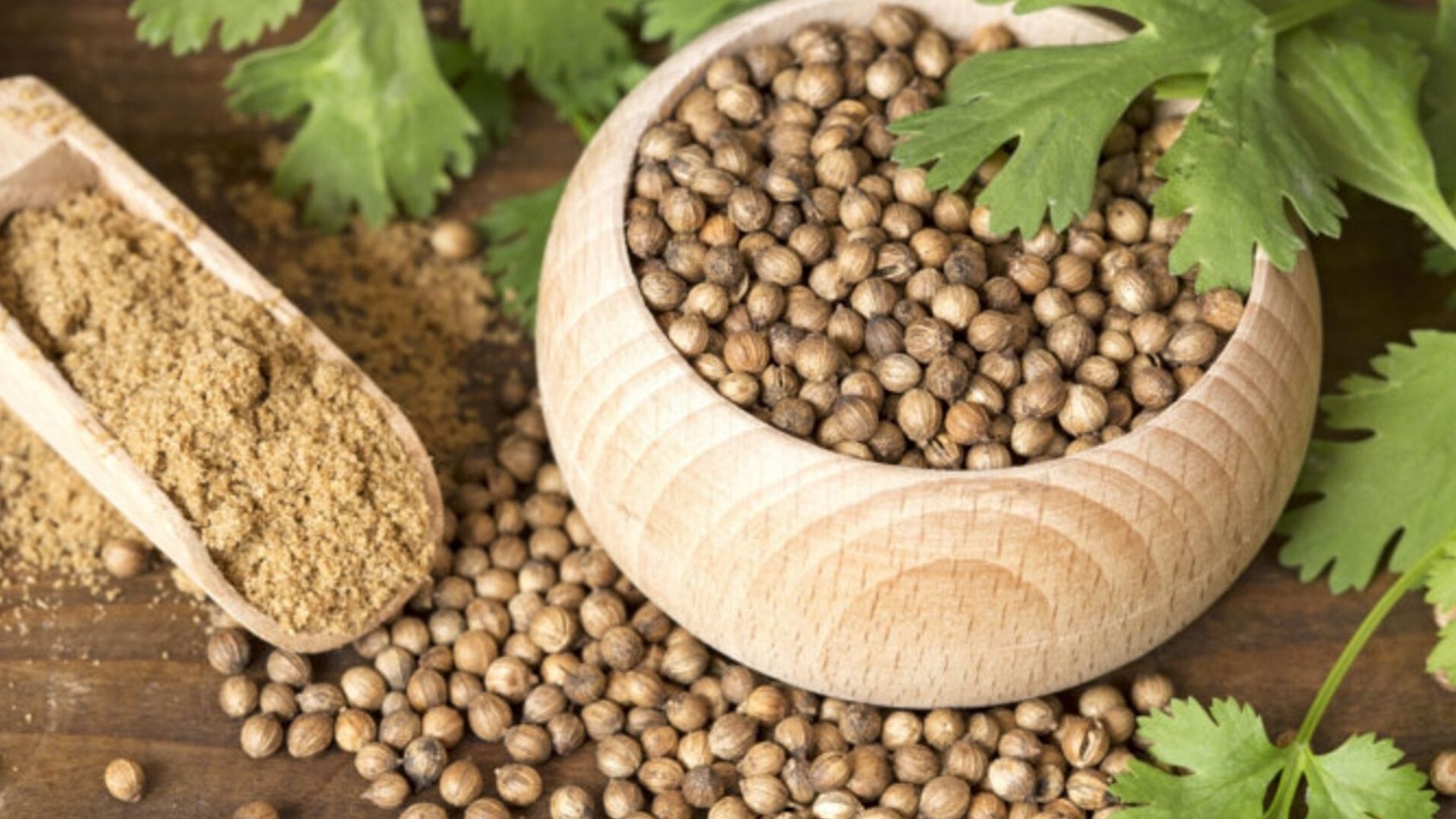SEASAME SEEDS
PRODUCT DETAILS SEASAME SEEDS
India is one of the five major producers and exporters of Sesame Seeds. The variety of sesame seeds cultivated in India includes red, white, brown and black. Gujarat is one of the leading sesame seeds cultivators. Our suppliers include efficient farmers of sesame seeds from Gujarat.
The Chinese used sesame seeds some 5,000 years ago for preparation of ink blocks. In ancient Egypt, the seeds were ground and used as grain flour. The world on an average produces close to 3 million tons of sesame seed every year. Around 60-65 countries of the world produce sesame seed. Asian and African countries are the major producers of Sesame. The top five producers account for around 70% of the production. China, India, Sudan, Myanmar, Uganda, Nigeria, Bangladesh, Pakistan, Tanzania, Mexico, Thailand and Egypt, in that order of rank, are the top-twelve producers of this seed.
The global Sesame exports are estimated to be around 5 to 6 lakh tons. India, China, Mexico are the major Sesame exporters, while Japan is the single largest buyer of sesame seeds in the world. The country imported 164 thousand tones of seeds in 2000. The second largest importer is Egypt. Her imports in 2000 totaled 85.9 thousand tons. South Korea and USA rank third and fourth respectively, with imparts in 2000 equal to 70 thousand tons and over 49 thousand tans. Fifth in the world, the Netherlands is the largest buyer in Europe. It imported 32.33 thousand tons in 2000. Other major importers include China (39.5 thousand tons), Syria (29.9 thousand tons), Saudi Arabia (20 thousand tons), Greece (19.30 thousand tons), Israel (18.6 thousand tons), Mexico (17.5 thousand tons) and Germany (17.3 thousand tons).
India produces a wide variety of Sesame seeds varying in color from white to red to black, with oil content varying from 40 to 50 %. The white and black Indian Sesame seeds are mainly used for direct consumption by its addition in several foods and for exports. The brown Indian Sesame seeds are mainly used for oil extraction. These have oil content of around 45-50 %. The white Indian Sesame seeds have the desirable nutty taste and are used for making sweets, baked foods and confectionaries. The black Indian Sesame seeds are used for seasoning and for fries. Hulled seeds are also used for snack preparation.
Around 80 Of the sesame seed production in India, happens during the khariff season (June-July to September-October), with the crop starting to arrive from September. The remaining crop is cultivated in the rabbi season (December to March), with the crop starting to arrive from March. Sesame seed is largely cultivated in the western and eastern parts of the country. The major producers of Indian Sesame are Gujarat, West Bengal, Tamil Nadu, Andhra Pradesh, Madhya Pradesh and Maharashtra. Rajasthan is also a major producer, when the area receives sufficient rains.
Factors Influencing Peanuts or Sesame Markets
- Weather at the major domestic producing centers. The southwest monsoon is the most important factor that determines the area sown, production and prices.
- Price of other competitive oils in India, viz., soy oil, palm oil, cottonseed oil, sunflower oil and mustard oil.
- International price movement of soy oil at CBOT and palm oil at BMD, Malaysia also influence the groundnut oil prices.
- Festivals and celebrations also increase consumption and the prices.
- Type :Machine cleaned/ Sortexed/ Extra Bold
- Grades:99%/98%/99.50% (Singapore/Europe)
- Purity :9.50% Max
- Moisture :1.75% Max
- FFA :Aromatic with a penetrating flavor
- Admixture :10% max
- Total plate count:Absent/25 gms
- Yeast & Mould:Min 2.00 ml/100 gms
- Staphylococcus aureus :Absent/ gm
- E.coli: :Absent/gm
- Salmonellae: :Absent/gm
- Bhc :Not Detected
- Ddt :Not Detected
- Detection Limit: 0.01ppm
- Packing
- New Jute Bags 10kg, 15kg, 25kg, 50kg, 75kg
- HDPE/PP Bags 10kg, 15kg, 25kg, 50kg
- Multi-ply paper/plastic bags 10kg, 15kg, 25kg











